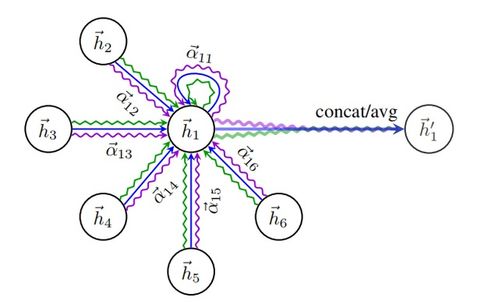
Article:
Grassball fishing, also known as grasshopper fishing, is a popular technique used by anglers to catch bass and other freshwater fish. This method involves using a grassball lure, which is a type of soft plastic bait that resembles a grasshopper. The key to success in grassball fishing lies in mastering the right techniques. In this article, we will discuss how to hang a grassball lure effectively and provide you with essential tips to improve your grassball fishing skills.
Choosing the Right Grassball Lure
The first step in grassball fishing is selecting the right grassball lure. There are various types of grassball lures available on the market, each with its unique features. When choosing a grassball lure, consider the following factors:
- Size: The size of the grassball lure should match the size of the forage fish in the area. Larger lures are suitable for larger bass, while smaller lures work well for smaller fish.
- Color: Natural colors like green, brown, and tan are effective for most fishing situations. However, you can experiment with brighter colors to attract fish in clear water or during low-light conditions.
- Action: Some grassball lures have a more lifelike action, while others are more erratic. Choose a lure that suits your fishing style and the behavior of the fish you are targeting.
Attaching the Grassball Lure
Properly attaching the grassball lure to your fishing line is crucial for successful grassball fishing. Here's how to do it:
- Thread the fishing line through the hole at the back of the grassball lure.
- Tie a palomar knot or a improved clinch knot to secure the line to the lure.
- Trim any excess line, leaving about 1-2 inches of tag end.
- Optionally, you can add a split ring to the tag end for attaching a weight or a swimbait hook.
Choosing the Right Fishing Technique
Grassball fishing can be performed using various techniques. Here are some popular methods:
- Pitching: This technique involves casting the grassball lure directly at a target area and retrieving it in a controlled manner. It's effective for covering a lot of water and targeting specific spots.
- Pitch and Flip: Similar to pitching, this technique involves casting the grassball lure and then flipping it into a tight spot. It's ideal for fishing around obstacles like rocks, logs, and vegetation.
- Jigging: Jigging involves retrieving the grassball lure in a series of quick, upward movements. This technique is effective for triggering strikes from bass that are suspended or lurking near the bottom.
Timing and Sensitivity
Timing and sensitivity are crucial in grassball fishing. Here are some tips to help you improve your timing and sensitivity:
- Pay attention to the water temperature and clarity. Fish may be more active or more cautious in different conditions.
- Watch the line closely for any signs of movement or tugs. Even the smallest strikes can be detected with a sensitive rod and line.
- Adjust your retrieve speed based on the behavior of the fish. Some fish may prefer a slow, steady retrieve, while others may respond better to a faster, more erratic motion.
Bait Presentation
Bait presentation plays a significant role in grassball fishing. Here are some tips to help you present the grassball lure effectively:
- Keep the lure in the strike zone for as long as possible. Avoid reeling too quickly, as this can cause the lure to become less lifelike.
- Vary your retrieve speed and motion to mimic the natural movement of a grasshopper. This can trigger strikes from fish that are following the lure.
- Be patient and experiment with different techniques to see what works best in your fishing environment.
In conclusion, mastering the art of grassball fishing requires selecting the right lure, attaching it properly, choosing the right technique, and being sensitive to the behavior of the fish. By following these essential tips, you'll be well on your way to becoming a proficient grassball fisherman. Happy fishing!












